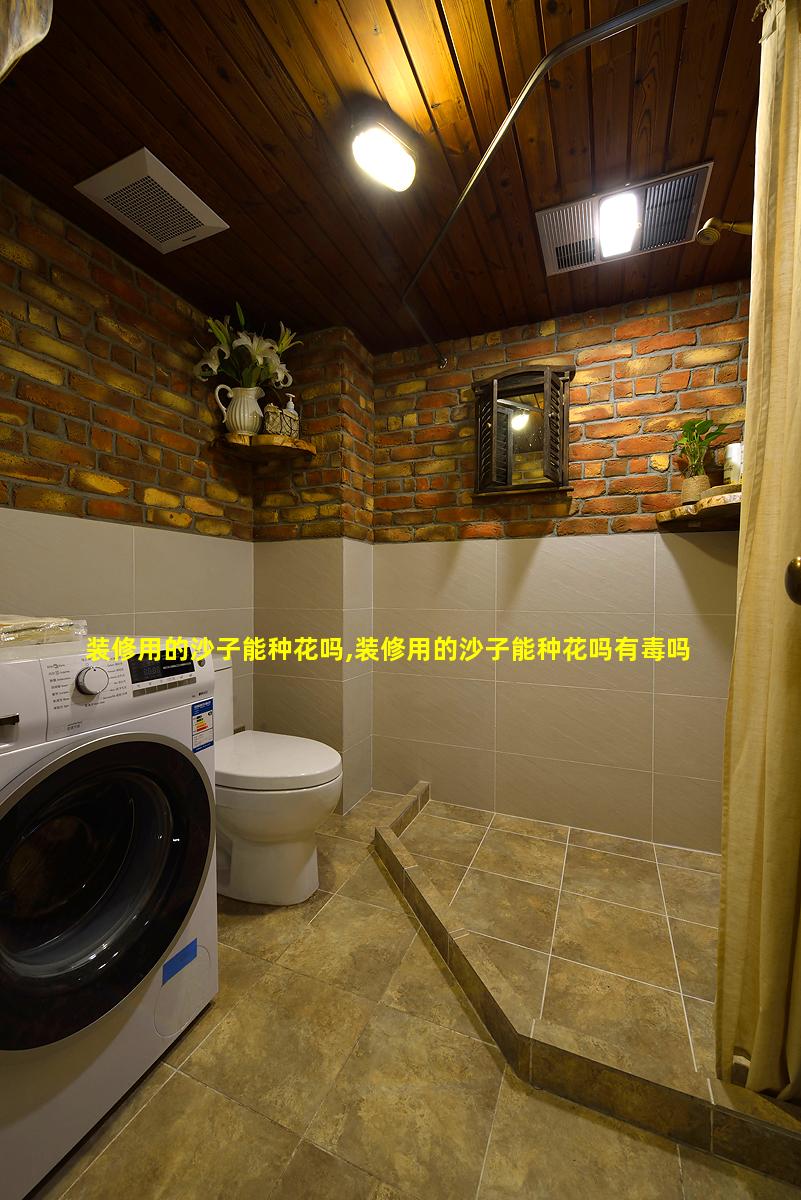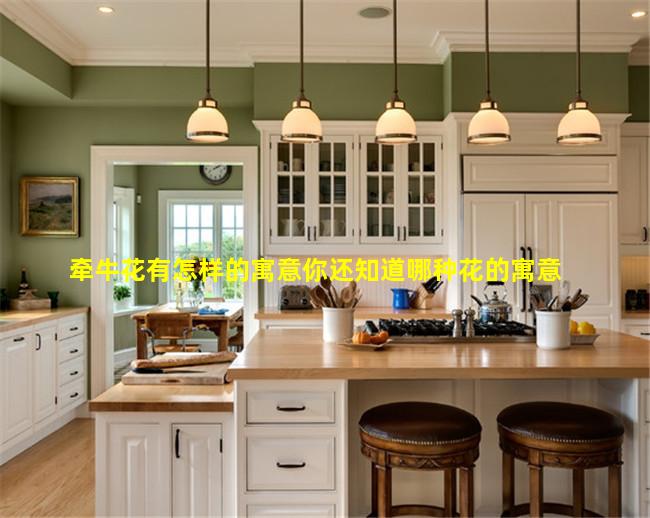装修用的沙子能种花吗,装修用的沙子能种花吗有毒吗
- 作者: 周吉润
- 发布时间:2024-09-24
1、装修用的沙子能种花吗
一般来说,用于装修的沙子不适合种植花卉。
原因:
养分缺乏:装修沙子几乎不含植物所需的养分,如氮、磷、钾等。
排水性差:沙子排水性虽然好,但由于颗粒太粗,容易形成硬块,阻碍根系生长。
盐分高:装修沙子可能含有大量的石灰或盐分,这对大多数植物是有害的。
PH值不合适:装修沙子通常呈碱性,而大多数植物更喜欢酸性或中性的土壤。
稳定性差:装修沙子容易被风吹散,不适合作为种植介质的基质。

适合种植花卉的介质:
壤土:含有粘土、沙子和腐殖质的混合物,既保水性好,又透气性强。
泥炭:一种有机物质,保水性和透气性都很优良,但养分较低。
腐叶土:腐烂的树叶产生的有机物,富含养分和微生物,疏松透气。
蛭石:一种无机矿物,保水性好,质轻且透气,常用于盆栽混合介质中。
如果需要使用装修沙子种植花卉,建议先经过以下处理:
清洗:用清水反复冲洗,去除盐分和其他杂质。
改良:加入大量的有机物,如腐叶土、泥炭等,以提高养分和改善排水性。
PH值调节:根据植物的需要,加入酸性或碱性物质调节PH值。
2、装修用的沙子能种花吗有毒吗
装修用的沙子是否能种花
不能。
原因:
装修用的沙子通常是建筑砂,由石英和其他矿物组成。这些沙子通常:
pH 值较高:装修用沙子的 pH 值较高,不适合大多数植物生长。
营养成分低:沙子不含植物所需的养分。
排水性太好:沙子排水性过好,会导致植物根系无法吸收足够水分。
颗粒太大:沙子的颗粒太大,会影响根系的生长和吸收养分。
是否含有毒性
装修用的沙子可能含有毒性物质,如:
石英粉尘:如果沙子含有石英,其粉尘可能导致呼吸道疾病。
重金属:某些沙子可能含有铅、汞等重金属,对植物和环境有害。
替代方案
对于种花,建议使用专门配制的盆栽用土,其成分经过优化,适合植物生长,并含有必要的养分。
3、装修的沙子用来种菜可以吃吗
4、装修用的沙子能种花吗图片
Slide 1: Title slide
Title: Sand in Construction and Gardening
Presenter's name and affiliation
Slide 2: Introduction
Sand is a naturally occurring granular material composed of finely divided rock and mineral particles.
It is used in a variety of construction applications, including:
Mortar and concrete
Asphalt
Road base
Landscaping
Slide 3: Types of Sand Used in Construction
There are many different types of sand, each with its own unique properties.
The most common types of sand used in construction are:
Silica sand
Calcareous sand
Feldspar sand
Slide 4: Properties of Sand
The properties of sand that are important in construction applications include:
Grain size
Grain shape
Porosity
Density
Slide 5: Plants That Can Be Grown in Sand
Sand can be a challenging environment for plants to grow in, but there are a number of plants that are welladapted to these conditions.
Some of the most popular plants that can be grown in sand include:
Cacti
Succulents
Herbs
Flowers
Slide 6: Benefits of Growing Plants in Sand
There are a number of benefits to growing plants in sand, including:
Improved drainage
Reduced risk of root rot
Greater tolerance to drought
Increased air circulation
Slide 7: Image 1: Silica sand
This image shows a closeup of silica sand.
Silica sand is the most common type of sand used in construction.
It is composed of quartz crystals and is very hard and durable.
Slide 8: Image 2: Calcareous sand
This image shows a closeup of calcareous sand.
Calcareous sand is composed of calcium carbonate and is softer and more porous than silica sand.
It is often used in landscaping applications.
Slide 9: Image 3: Feldspar sand
This image shows a closeup of feldspar sand.
Feldspar sand is composed of feldspar minerals and is harder than calcareous sand but softer than silica sand.
It is often used in glassmaking.
Slide 10: Image 4: Cacti growing in sand
This image shows a group of cacti growing in sand.

Cacti are welladapted to growing in sand because they have deep roots that can reach water deep in the ground.
Slide 11: Image 5: Succulents growing in sand
This image shows a group of succulents growing in sand.
Succulents are also welladapted to growing in sand because they have thick, fleshy leaves that store water.
Slide 12: Conclusion
Sand is a versatile material that can be used in a variety of construction and gardening applications.
By understanding the different types of sand and their properties, you can make informed decisions about the best sand to use for your specific project.
Growing plants in sand can be a rewarding experience, and there are a number of benefits to doing so.


